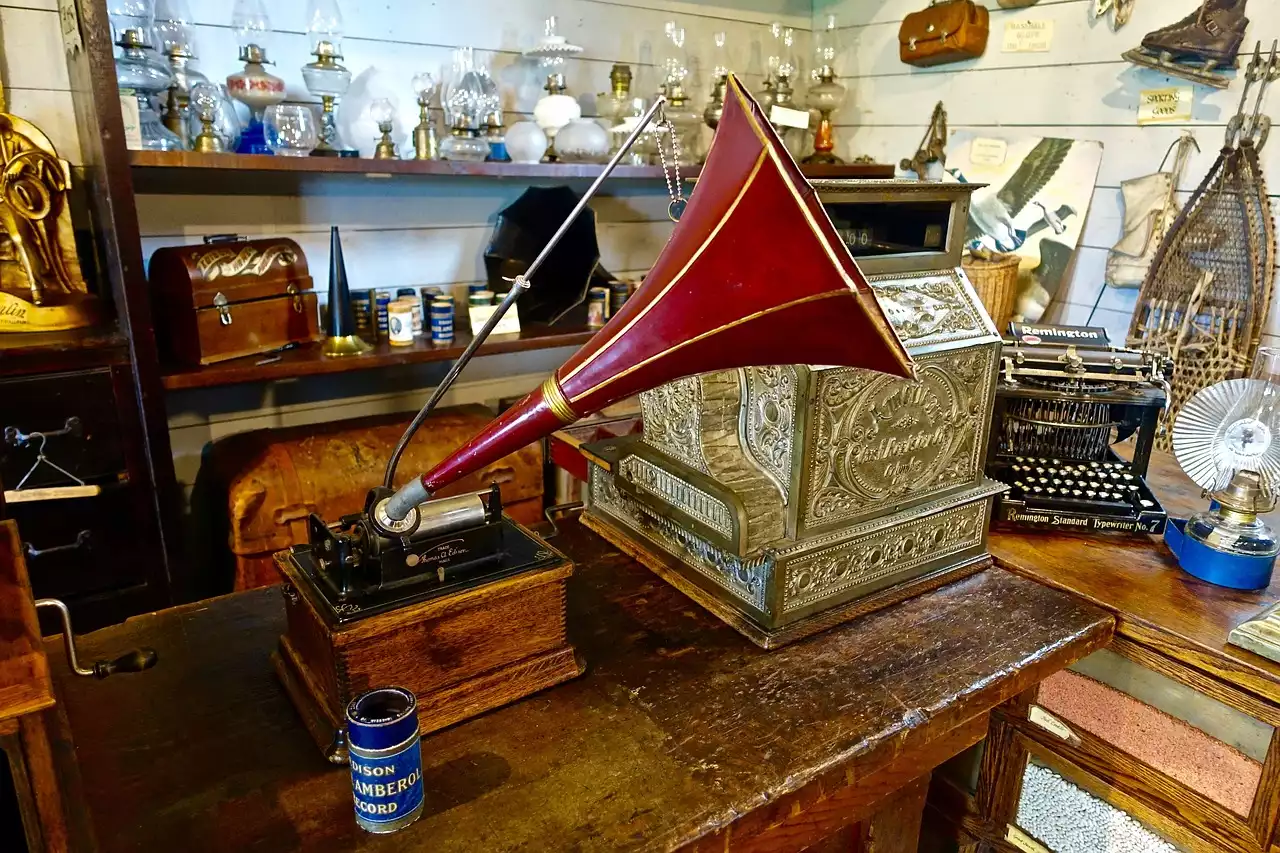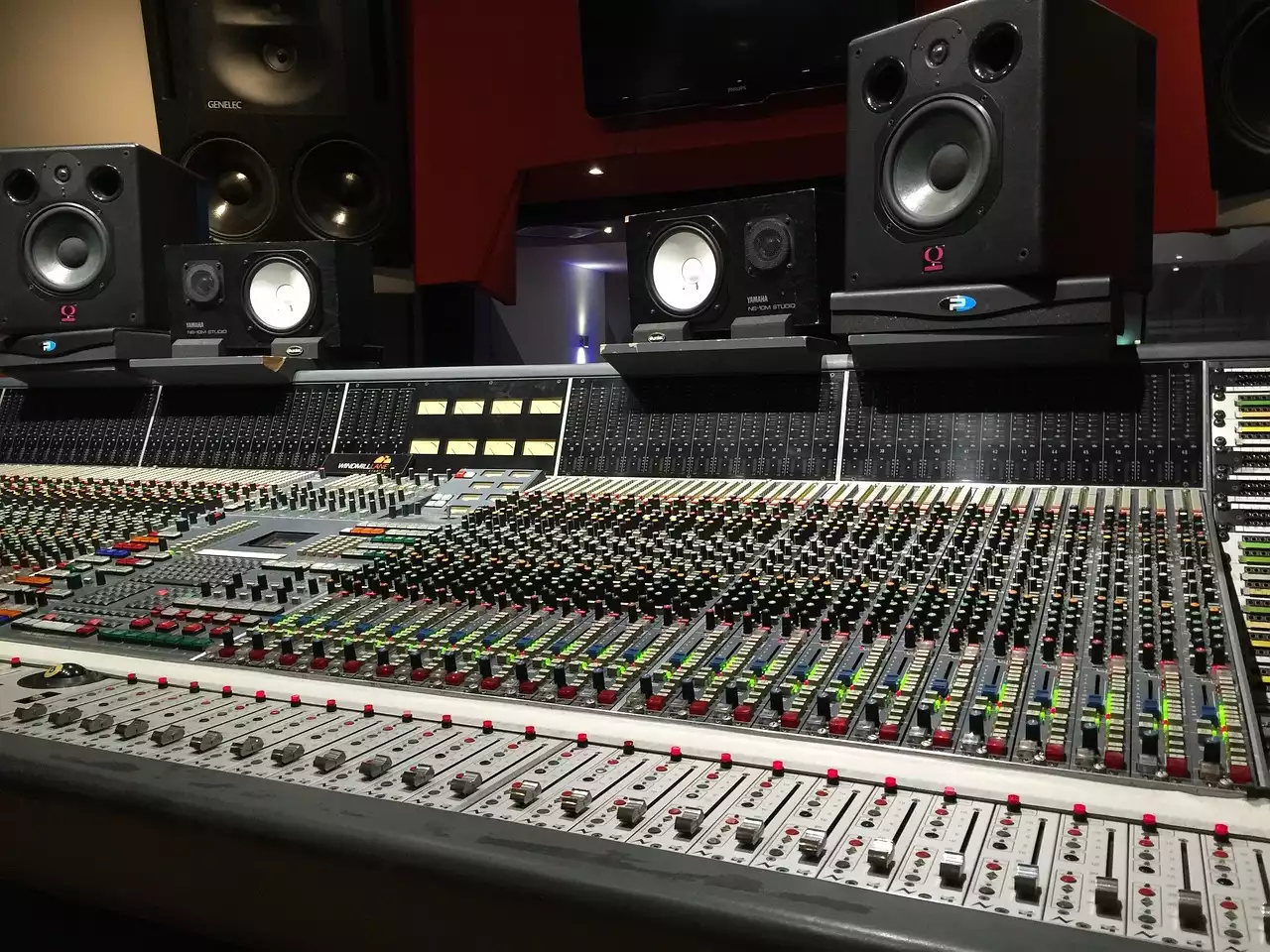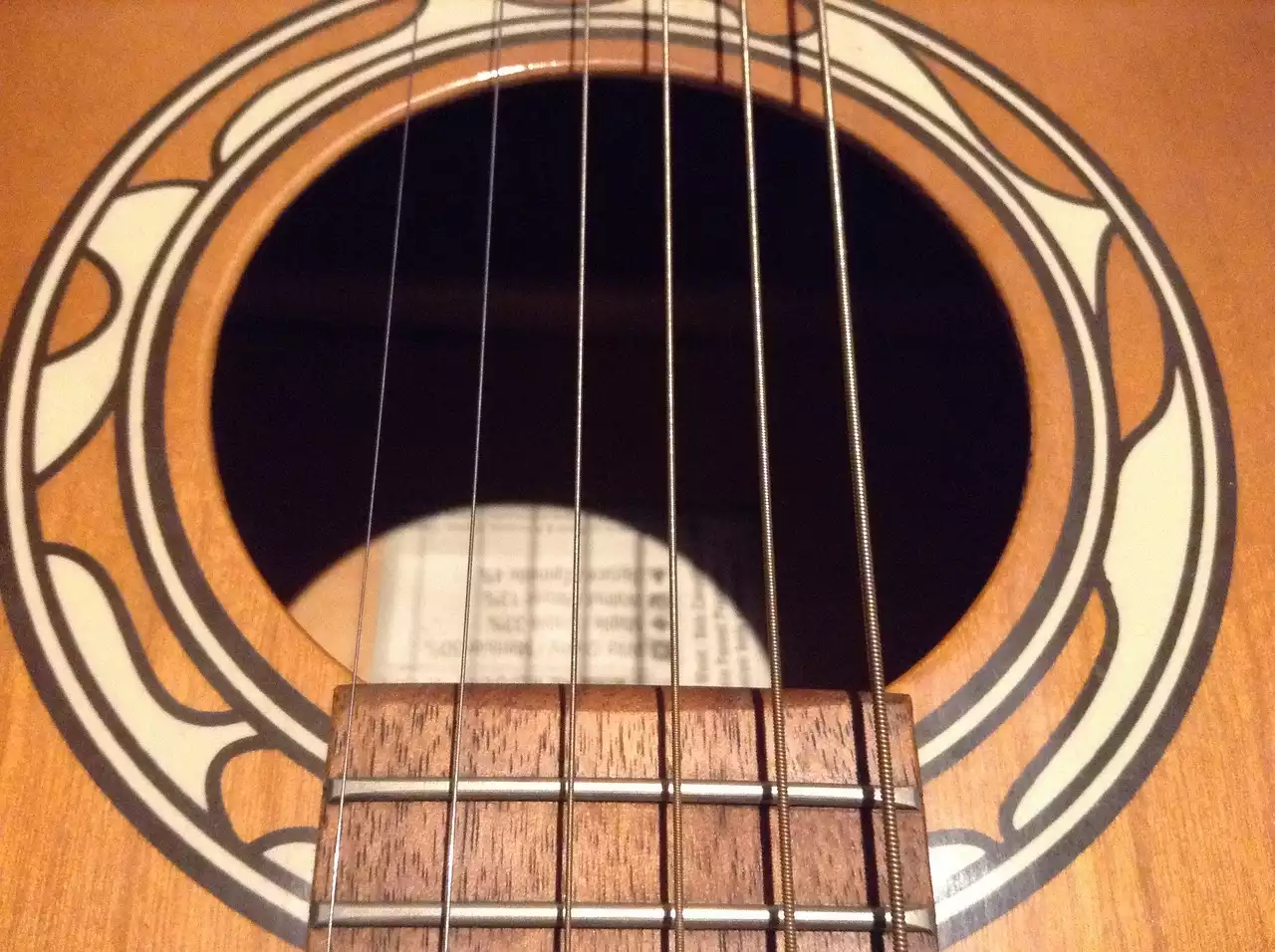Introduction
The viola, often referred to as the "middle voice" of the string quartet, is an instrument with a rich history and a distinctive sound. Positioned between the violin and the cello, the viola brings a unique timbre and character to the ensemble. In this section, we will explore the origins of the viola, its physical attributes, and the role it plays in creating the magic of a string quartet.
A Brief History
The viola has a long and fascinating history that dates back to the 16th century. It originated from the viol, a popular instrument during the Renaissance era. The viola da gamba, a predecessor of the modern viola, was played vertically, resting between the legs of the musician. Over time, the viola evolved into its current form, with a curved shape and held horizontally against the shoulder.
Physical Attributes
The viola is slightly larger than the violin and has a deeper and mellower tone. It measures around 16 to 17 inches in length, compared to the violin's 14 inches. This extra size allows for a longer string length, resulting in a lower pitch. The viola is typically tuned a fifth below the violin, with the strings tuned to C-G-D-A. It is played with a bow, similar to the violin and cello, but with a wider and heavier bow to accommodate its larger size.
The instrument itself is made of various woods, including spruce for the top, maple for the back and sides, and ebony for the fingerboard. The viola has four strings, which are usually made of gut, synthetic materials, or metal. The gut strings produce a warm and rich sound, while the metal strings offer a brighter and more focused tone. The choice of strings can greatly influence the overall sound and character of the instrument.
VIOLIN vs VIOLA What’s the Difference??
The Sound of the Viola
The viola's unique sound is often described as warm, dark, and soulful. Its lower pitch and larger size contribute to a richer and more resonant tone compared to the violin. The viola's sound has been likened to the human voice, with its expressive qualities and ability to convey a wide range of emotions. Its timbre blends well with both the violin and cello, adding depth and complexity to the ensemble.
In a string quartet, the viola plays a crucial role in bridging the gap between the higher registers of the violin and the lower registers of the cello. It often takes on the role of providing harmonic support and filling in the middle harmonies. The viola's voice adds warmth and depth to the quartet's overall sound, creating a balanced and harmonious blend.
The Role of the Viola in a String Quartet
Within the context of a string quartet, the viola serves as the bridge between the high-pitched violin and the low-pitched cello. It takes on various roles, depending on the musical composition and the desired effect. Sometimes, the viola acts as a supportive voice, providing a stable foundation for the other instruments to build upon. In other instances, it takes on a more prominent role, carrying the melody or engaging in intricate dialogue with the other instruments.
The viola's unique sound and versatility allow it to add depth, richness, and complexity to the quartet's overall sound. It often plays a crucial role in creating tension and expressing emotional nuances within the music. Its middle voice adds a layer of intrigue and balance, enhancing the interplay between the different instruments.
Conclusion
The viola is a truly remarkable instrument that brings its unique voice to the mesmerizing world of the string quartet. With its warm and soulful sound, the viola adds depth, richness, and complexity to the ensemble. Whether it is providing harmonic support, carrying the melody, or engaging in intricate dialogue with the other instruments, the viola plays a vital role in creating the magic of classical music.
Understanding the distinct qualities of each instrument in a string quartet is essential for both aspiring musicians and appreciators of the art form. By exploring the viola's origins, physical attributes, and role within the quartet, we gain a deeper appreciation for the intricacies and nuances of this timeless ensemble. So, the next time you listen to a string quartet, take a moment to savor the enchanting sound of the viola and the incredible synergy it creates with the other instruments.
















